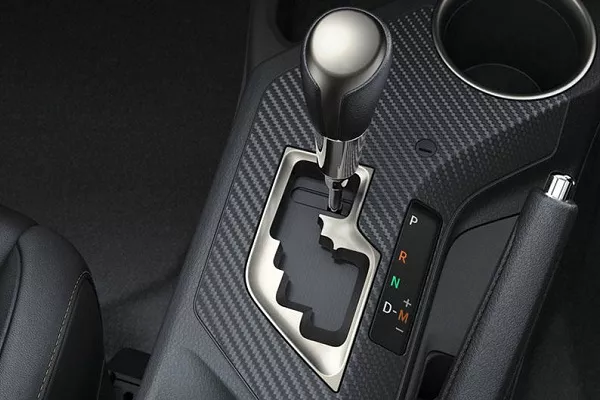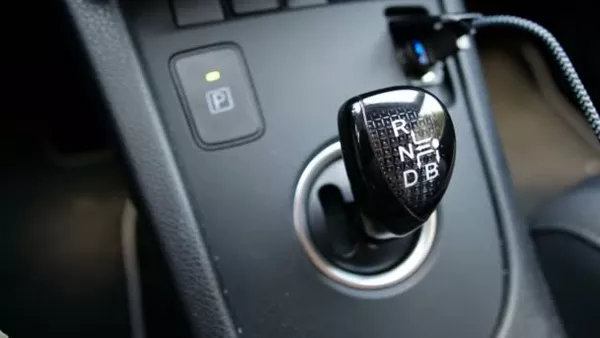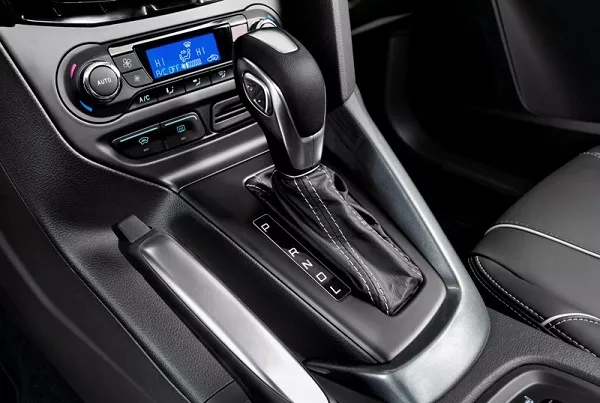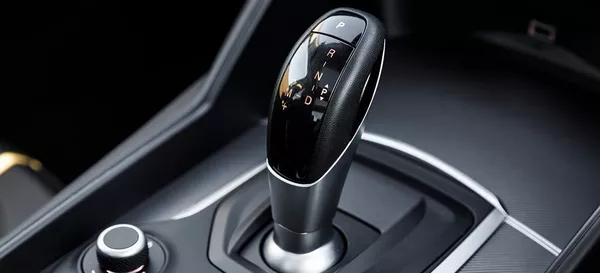The engine can be regarded as the "heart" of a car because of its utmost importance. To accommodate to the different operating conditions of the engine, the gearbox on the car also needs to change the rotation speed, power variation as well as torque to fit in. Learn about 4 kinds of gearboxes being used in cars will enable you to better maintain your car.
1. Automated Manual Transmission
Automated manual gearboxes have an electronic operation but are, in general, still manual transmissions. The internal design of this gearbox is quite similar to the manual gearbox. Accordingly, the gearbox has M mode for the manual transmission and A for the automatic gear shift. However, the driver is the one who makes the decision and uses this gearbox when it is appropriate.

Automated manual gearboxes have an electronic operation but are, in general, still manual transmissions
This gearbox has the advantage of being cheaper than the automatic transmission.
2. Continuously Variable Transmission
Continuously variable gearboxes do not have specific gear like 1st, 2nd, 3rd, etc., but this is still the automatic transmission.
In order to change the transmission ratio, normally the automatic transmission operates by the use of different gears to fit together. However, CVT gearboxes are connected using pulleys and belts. The shift of the sheaves on the secondary and primary pulleys will change the transmission ratio.

Continuously variable gearboxes do not have specific gear like 1st, 2nd, 3rd, etc., but this is still the automatic transmission
The strongest advantage of the automatic transmission is the ability to operate smoothly, without delay or reluctation because there is no need to shift gears. However, this gearbox also has disadvantages such as poor acceleration due to not being able to generate extreme transmission rate. Therefore, models for the mass market are equipped with this gearbox.
3. Dual clutch automatic transmission
Dual-acting automatic gearboxes can, in some aspect, be considered to be an automatic type that owns two clutches. The operation of this gearbox is that one clutch connects the engine to the gearbox, allowing the car to operate smoothly, without interruption, while the remaining clutch is used to disengage for shifting gear.

The operation of this gearbox is that one clutch connects the engine to the gearbox, allowing the car to operate smoothly
4. Gearbox using a torque converter
This type of transmission has been around for a long time. And even now, this gearbox is still very popular. The torque converter is the part to convert torque. We can simply assume that, like the role of a clutch in a vehicle using a manual transmission, the torque converter also transmits the power of the engine to the gearbox.
The torque converter includes a turbine disc, pump disc, stator and one-way joints. These details are designed to reside in a shell that resembles a circular shape. The basic principle is that the hydraulic flow enters the pumping wheels with equally aligned wings, whose rotating centrifugal force pushes the oil to the side of the turbine, rotating the turbine blades and, as a result, turning the gearbox.

The greatest strength of this type of gearbox is the high durability, smoothness without causing noisy sound
This gearbox is hydraulically and mechanically designed; the speed of gear shift is not too fast, so it is mainly suitable for civilian vehicles. The greatest strength of this type of gearbox is the high durability, smoothness without causing noisy sound.
Hopefully this post has given you a clearer understanding of different types of car gearboxes. Let us know which ones would you go for, Automatic or Manual Transmission?











